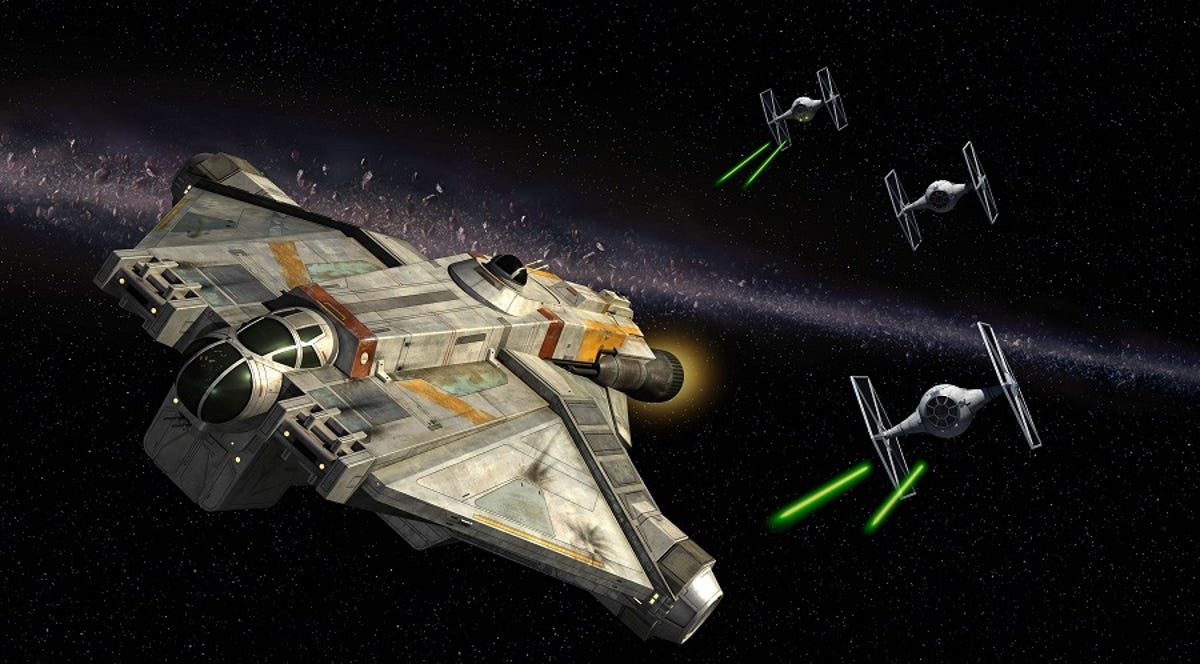Week 9: Space + Art
This week in class we focused on the intersection of space and art. Space, the final frontier, has long captivated human imagination, inspiring countless works of art and literature. Science fiction, in particular, has played a pivotal role in shaping our ideas about space exploration and discovery. From early books to modern blockbusters, the fascinating realm of space has been a catalyst for artistic inspiration and a driving force behind scientific advancements.
 |
| "From the Earth to the Moon" by Jules Verne |
Science fiction literature, with its imaginative depictions of futuristic worlds and space travel, has laid the groundwork for scientific innovation. One seminal example is "From the Earth to the Moon" (1865) by Jules Verne, which envisioned a projectile fired from a giant cannon to send astronauts to the moon. Verne's novel not only captivated readers but also spurred discussions about the feasibility of space exploration.
Arthur C. Clarke's "The Fountains of Paradise" (1979) introduced the concept of a space elevator, a towering structure connecting Earth to space. This visionary idea not only fascinated readers but also sparked serious scientific exploration into the potential construction of such an elevator, revolutionizing our thinking about space transportation.
The impact of space travel on literature continues to reverberate in modern times. Science fantasy and fiction have proliferated, captivating audiences with their interstellar adventures and mind-bending concepts. Iconic works like "Planet Stories" and "Lost in Space" have contributed to the popularization of space exploration, cementing it as a prominent theme in our cultural consciousness.
Television series such as "The Jetsons" envisioned a future where space travel was an everyday occurrence, shaping the collective imagination and paving the way for technological advancements. Shows like "Star Trek" not only popularized space exploration but also presented a utopian vision of humanity's future, inspiring generations of scientists and engineers to pursue careers in space-related fields.
Image from the popular television series, "The Jetsons"
Undoubtedly, "Star Wars" has been a cultural phenomenon that transcended its original medium and became an integral part of popular culture. The epic space opera franchise not only captivated audiences but also showcased the importance of heroism, hope, and the struggle between good and evil in a vast cosmic setting.
The intersection of space and art, particularly within the realms of science fiction and fantasy, has played a profound role in shaping our understanding and exploration of space. Early literary works laid the groundwork for scientific advancements, while modern books, television shows, and films continue to capture the public's imagination and inspire future generations. As humanity continues to push the boundaries of space exploration, art will undoubtedly continue to evolve and reflect our ever-expanding cosmic horizons.
Sources:
Verne, Jules. "From the Earth to the Moon." Project Gutenberg, 2010. https://www.gutenberg.org/cache/epub/83/pg83-images.html
Clarke, Arthur C. "The Fountains of Paradise." Penguin Books, 2001. https://avalonlibrary.net/ebooks/Arthur%20C%20Clarke%20-%20The%20Fountains%20Of%20Paradise.pdf
"Planet Stories." Pulp Magazine Archive, pulp-magazines.org https://archive.org/details/PlanetStories1940/Planet%20Stories%20v01n02%20%281940-Spring%29%20%28Microfilm%29/
Vesna, Victoria. 8 space pt1. https://www.youtube.com/watch?v=6ZIqTR332l8&t=306s
Vesna, Victoria. Space pt6. https://www.youtube.com/watch?v=VYmOtFjIj0M&t=7s
From the Earth to the Moon." Wikimedia Commons, 8 Jan. 2008, upload.wikimedia.org/wikipedia/en/8/80/Fromtheearthtoothemoon.jpg.
"George Jetson and His Family on the Moon." Smithsonian Magazine, 2012, blogs.smithsonianmag.com/paleofuture/files/2012/10/george-moon-470x251.jpg.
"Star Wars: The Ghost Ship." CNET, 15 Sept. 2016, www.cnet.com/a/img/resize/dd1080bd7aa56e3bcfac223f21f990eeb37e5764/hub/2016/09/15/62b3da98-09e6-49c2-b818-b62893949ad9/starwarsshipsghost.jpg?auto=webp&width=1200.


Hi Leeza! I really enjoyed reading your blog post about space in literature and media. I also wrote about how often space is used as a setting in movies and it's because everything is possible when it comes to space because it is an endless place full of possibilities. It is interesting to see how even in little kid's cartoons space is a prominent setting as well. Great work!
ReplyDelete